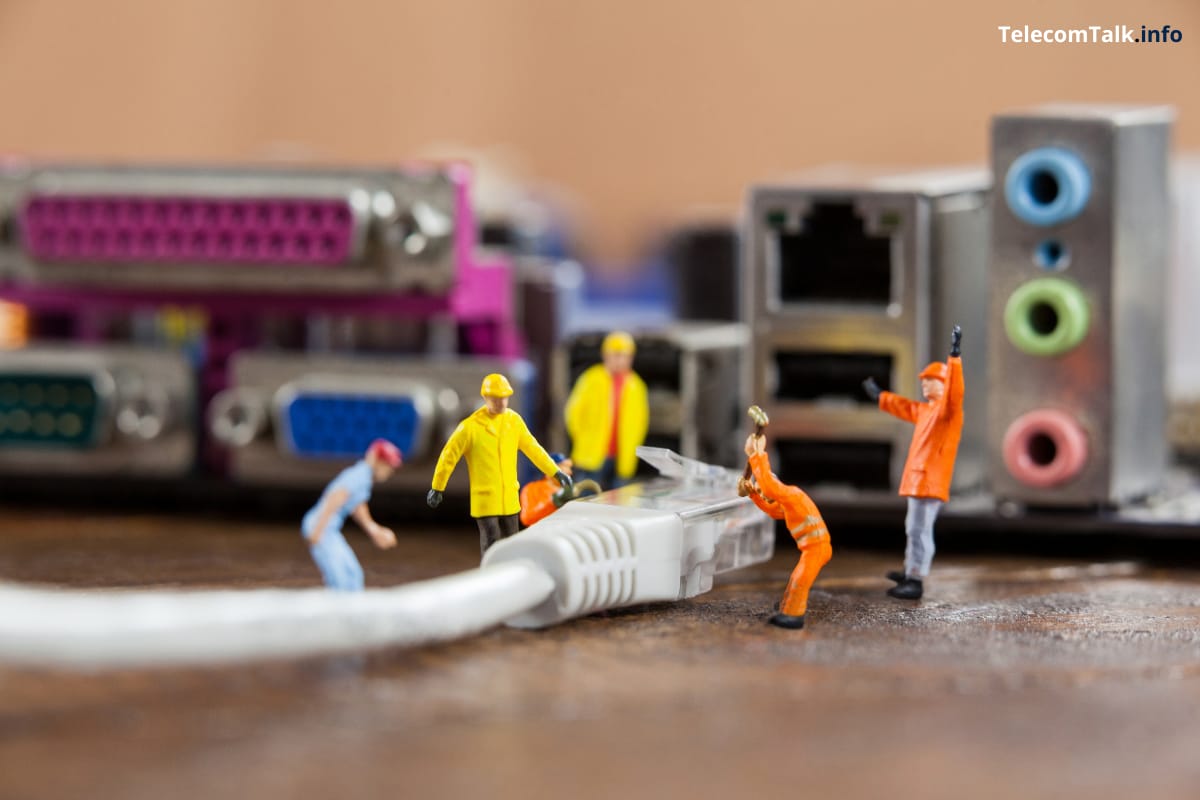Whether you plan to take an internet connection at your home or make a shift to a new place, choosing the right internet plan can be challenging. Service providers provide several guides on their blogs, but most of them upsell the benefits of having faster internet at home, which in reality, may not require. The ultimate goal in choosing an internet plan is to opt for a plan that would provide sufficient internet speed for the devices at home. This choice can differ from one home to another. To say, a house where geriatrics parents live, who watch the TV and occasionally make video calls, may require a considerably lower plan than a household where hardcore gamers reside. This article intends to break down various aspects of choosing how much internet speed one may need. According to the Federal Communications Commission, any speed faster than 25 Megabits per second is classified as ‘advanced service.’ However, this has to be amended considering that more people have started working from home, watching smart TVs, and being smart homes. Currently, it serves as a baseline for determining fast and slow internet speed. At all costs, if the household uses the internet every day, it will require a plan that offers something higher than 25 Mbps. With our consumption increasing rapidly, it makes sense to choose a speed closer to 100Mbps.
Faster Internet May Not Guarantee Fast Internet
Several factors determine the internet speed at a location. Despite having a high-speed internet connection, aspects like network congestion, interference from other networks or a poor router can result in slow internet.
Number of Devices and People Using the Network
A significant factor to consider while choosing an internet connection for your place is the number of devices and users residing there. The household may have just two residents, but there could be 15 devices that utilize the internet. It also depends on the usage type. If the household is dependent on OTT streaming 24 x 7 and does video calls every day, you may need to opt for a higher plan. While choosing the plan, the subscriber should ensure that the internet speed has the required bandwidth to cover all of them. Internet download speeds of 100 Mbps or higher are often counted as faster internet as they can manage multiple activities for multiple users at once without creating major disruptions. Fibre optics internet is an optimal choice for speed consistency.
Upload vs Download Speed
Upload speed shows you how fast you can send data out to the internet. On the other hand, Download speed tells you how quickly you can pull data from the internet. Upload speed and download speed together decide the internet speed. People working from home may need to consider this since they will keep having data to upload and go through multiple Zoom calls all day long. Many telecoms provide less upload speed than download speed.
Aware of Data Caps
While choosing an internet plan, you may come across data caps. These are the data usage limits prescribed by the internet service provider. For data-heavy uses like streaming video or gaming, the user may consume more data and hitting the data cap indicates additional payment. Lower speed plans may come with tighter data limits. If the user cannot identify such bits and pieces of information from the plans listed on the telecom service provider’s website, it is always advisable to ask the ISP and clarify the aspects before finalizing the plan.
